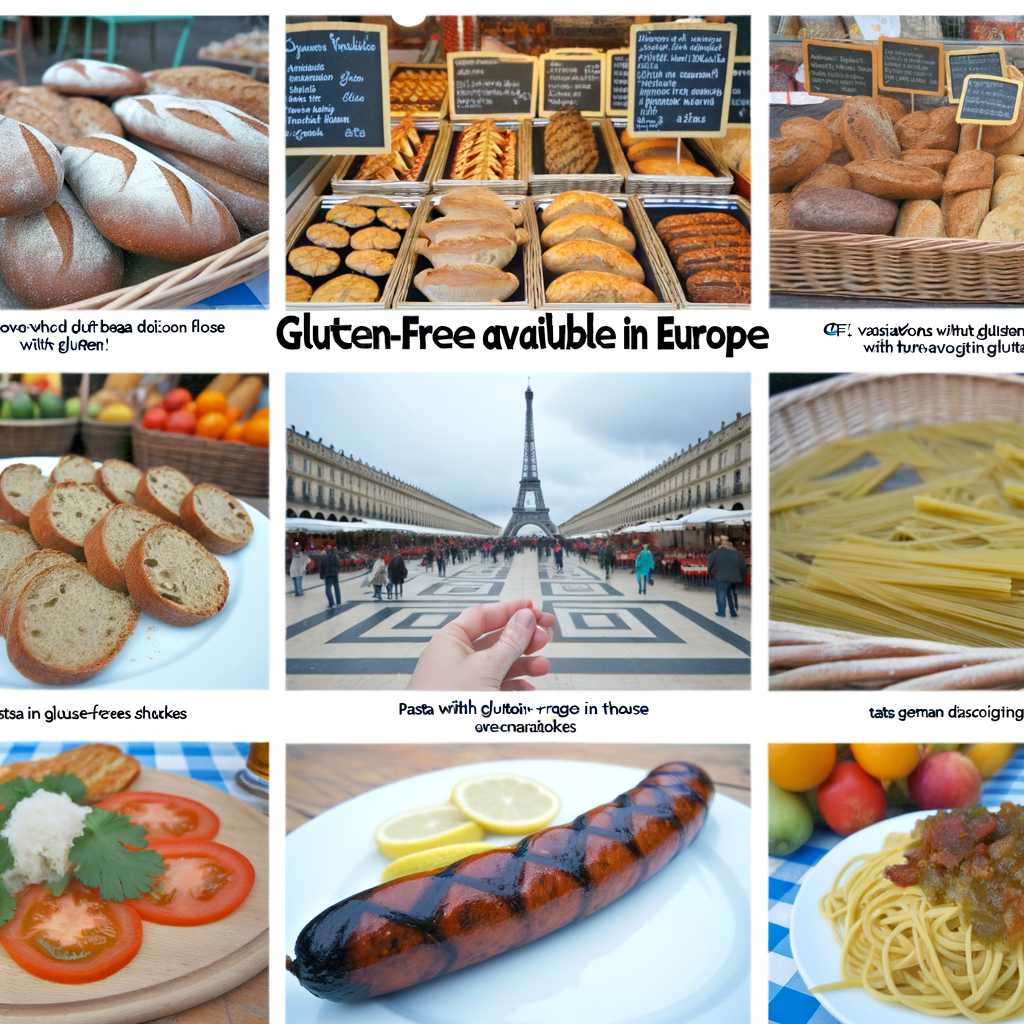As more and more people become aware of gluten intolerance and celiac disease, the demand for gluten-free options has steadily increased in Europe. While many countries in Europe have a strong culinary tradition that relies heavily on wheat and gluten, there are still plenty of delicious and safe options for those avoiding gluten.
One of the easiest ways to navigate a gluten-free diet in Europe is by sticking to traditional, local cuisine. Many European countries have a variety of dishes that are naturally gluten-free, such as Spain’s paella or Italy’s risotto. These dishes are made with rice, rather than wheat, and are a great option for those with gluten sensitivities.
Another tip for finding gluten-free options in Europe is to look for restaurants that cater to specific dietary needs. These establishments are becoming more and more popular, especially in larger cities, and often have a wide range of gluten-free options on their menu. Don’t be afraid to ask your server if they have any gluten-free options available, as they may be able to accommodate your needs even if it’s not listed on the menu.
Lastly, be sure to do your research before traveling to a new country. Some European countries, such as Italy, have strict regulations in place for gluten-free labeling, making it easier to find safe options. It’s also helpful to learn some key phrases in the local language, such as ‘gluten-free’ and ‘wheat allergy’, to help communicate your dietary needs while dining out.
Going gluten-free in Europe may seem daunting at first, but with a little bit of planning and knowledge, you can still enjoy all the delicious food the continent has to offer.





